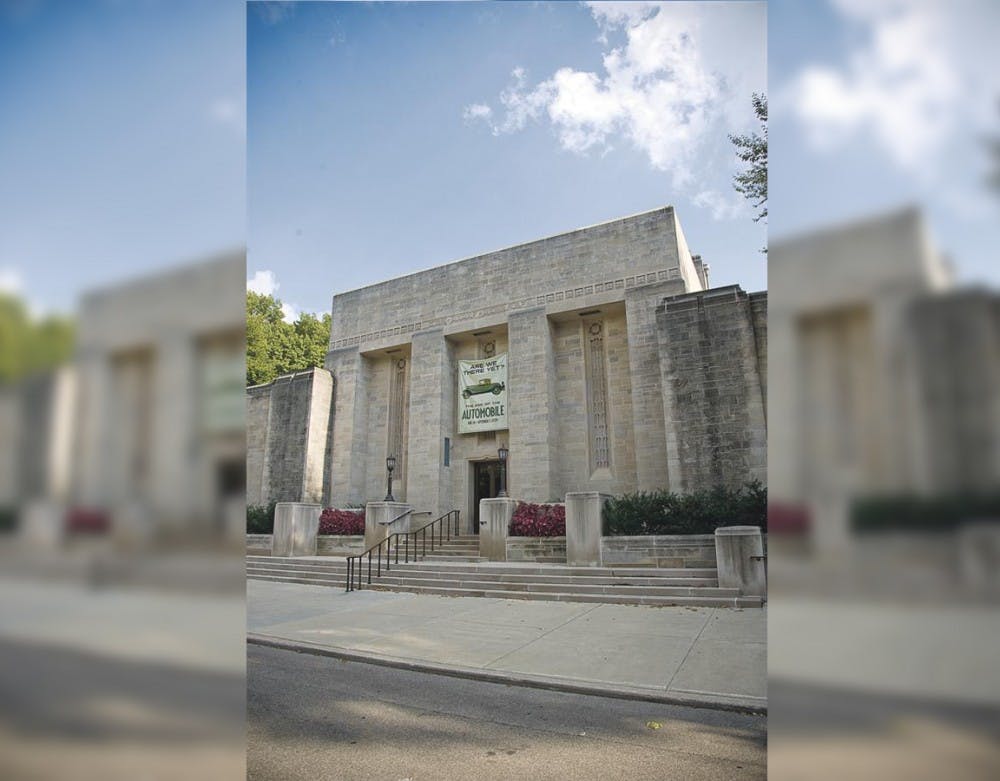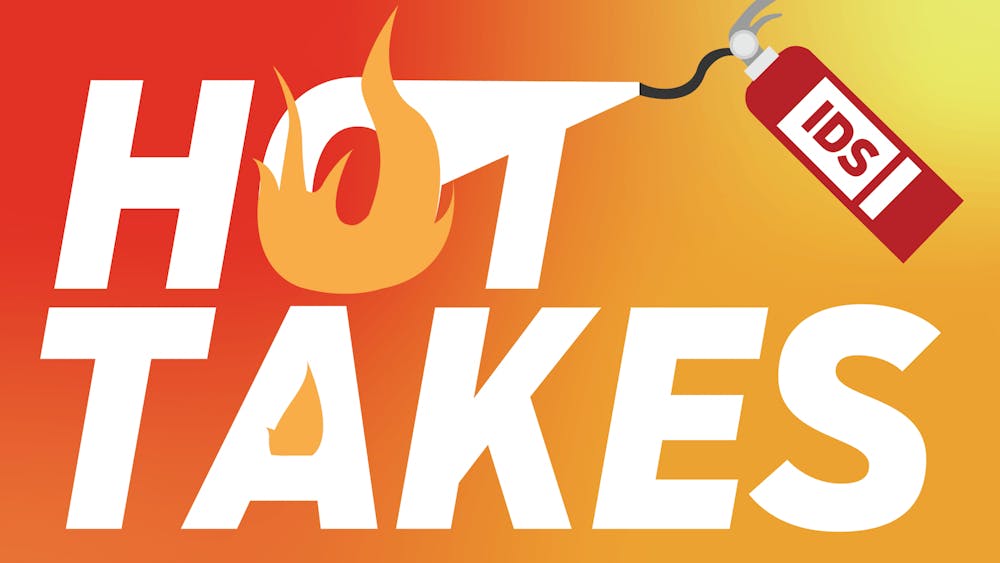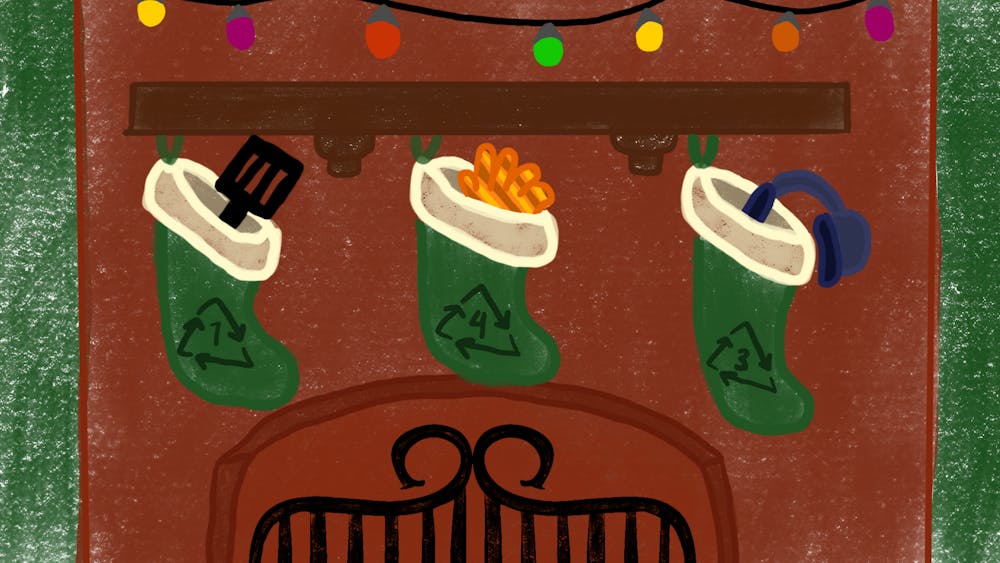Two weeks ago, Lilly Endowment Inc. gifted a $10.9 million grant through the IU Foundation to support renovations to Lilly Library. The Lilly Library, located in the Fine Arts Plaza of Indiana University, is one of the most important rare book and manuscript libraries in the United States.
IU President Michael McRobbie said this grant “will greatly improve its ability to provide wide access to the library's rare books, manuscripts and objects to broader audiences — from children to lifelong learners and scholars — enhancing all of our communities."
Large grants and renovations like these bring the focus of growth at IU to humanities scholarship and increased accessibility to university resources. I hope these initiatives also support the growth of the public humanities on campus, which actively work to make the humanities relevant and meaningful to the general population. This is valuable for every student at IU.
As IU English professor Christoph Irmscher notes, “The Lilly Library is one of a small handful of top rare books libraries in the world.” The grant gives greater visibility to the library and, according to Irmscher, "the recognition it deserves."
Although the Lilly Library is a rich resource, relatively few students know of its merits and resources. The library contains more than 450,000 rare books, 8.5 million manuscripts and 150,000 sheets of music. Its collection rivals that of the Beinecke Library at Yale or Houghton Library at Harvard.
Perhaps there is a sense that only professors and classes associated with the Lilly can access it, but in reality, anyone can walk in and request to see items from its collection.
I was lucky enough to visit the Lilly during my first semester at IU as part of a course on environmental literature. As I visited the Lilly to prepare for my final paper, my notes intermingled on the wooden tables of the reading room with Walt Whitman’s “Leaves of Grass.” There is a sense of connection that comes from the physicality of a first editionor from Whitman’s pencil stub that was not present in my brand-new, mass-market paperback.
The library’s growing collection and increased use by students and scholars have placed tremendous strain on its resources.
“The library staff are constantly stretched to their limits,” Irmscher said. The grant will help ease this strain and enable new programs at the library.
The Lilly is not only for scholars and researchers. The library curates special exhibitions throughout the year. Currently the Lilly is hosting exhibitions on 16th-century Mexican imprints, the Richard G. Lugar papers and the collections of Elisabeth Woodworth Ball and Ruth Elizabeth Adomeit.
The library is also home to one of the largest puzzle collections in the world, which visitors can try to solve in the Slocum Puzzle Room. The library’s Twitter account highlights events called “Flipping the Bird,” or turning the pages of John James Audubon’s “The Birds of America.”
“These initiatives make the library a destination rather than just a place to just see books,” Irmscher said, bringing humanities scholarship closer to the public.
In recent years, the university has created new programs focused on humanities scholarship and the notion of public humanities, or making the humanities meaningful and accessible to everyday people.
The Arts & Humanities Council helps organize events throughout the year that engage the Bloomington community, such as First Thursdays, "Mexico Remixed," and the upcoming Granfalloon festival.
Platform, described as a “a research laboratory in contemporary arts and humanities,” is a new initiative to engage people from diverse disciplines and walks of life in projects focused on “Indiana Studies” and “Global Popular Music.”
There is a national sentiment that devalues the humanities and privileges subjects with skills that are “directly translatable” to jobs — things like the STEM field or business. President Trump’s new budget plan would cut funding for the National Endowment for the Arts, the National Endowment for the Humanities and the Institute of Museum and Library Services. This is the third year in a row that his administration has cut funding for the arts and humanities.
At IU, I’m an English major. But I’m also a biology major. As a student of both the sciences and the humanities, I sit on the threshold of this debate.
I find the humanities enriching, not stifling. Many STEM professionals seem to agree. Last year, the National Academies of Sciences, Engineering and Medicine released a report encouraging the integration of the sciences with humanities and arts in higher education.
The growth of the Lilly Library, the Arts & Humanities Council and Platform all generate an essential space for the humanities at Indiana University. These initiatives nourish our students to become informed, critical and curious thinkers. Let’s keep it that way.






